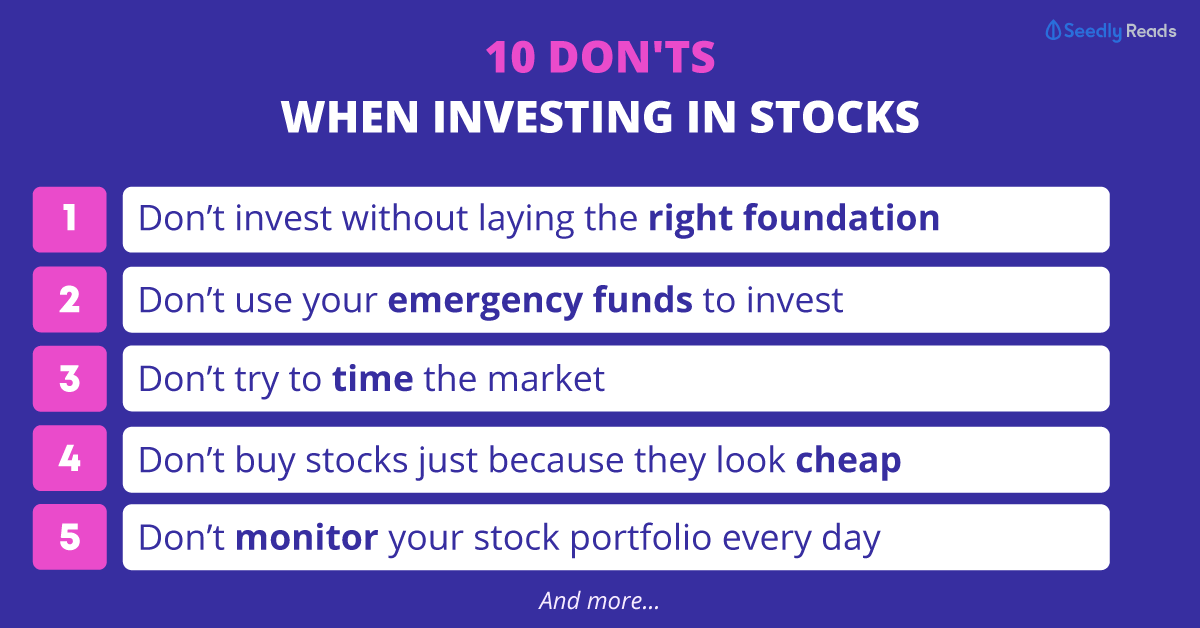Advertisement
Anonymous
I have been hearing some comments on investments within emerging markets. Should I be introducing risk premiums for these stocks?
3
Discussion (3)
What are your thoughts?
Learn how to style your text
Reply
Save
When looking at emerging market stocks, adding a risk premium makes sense due to political, currency, and growth volatility. Similar caution applies when analyzing celebrities’ income trends herbert hainer vermögen tied to global markets.
Reply
Save
Isaac Chan
02 Apr 2019
Business at NUS
Read 1 other comments with a Seedly account
You will also enjoy exclusive benefits and get access to members only features.
Sign up or login with an email here
Write your thoughts
Related Articles
Related Posts
Related Posts
Advertisement








When looking at emerging market stocks, adding a risk premium makes sense due to political, currency, and growth volatility. Similar caution applies when analyzing celebrities’ income trends herbert hainer vermögen tied to global markets.